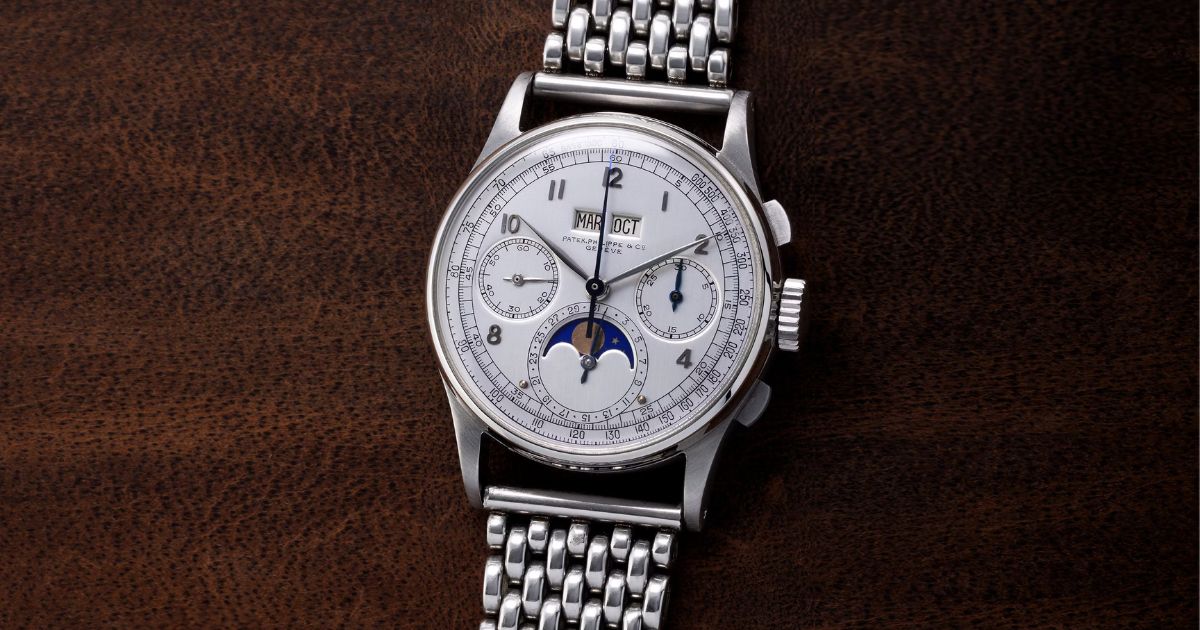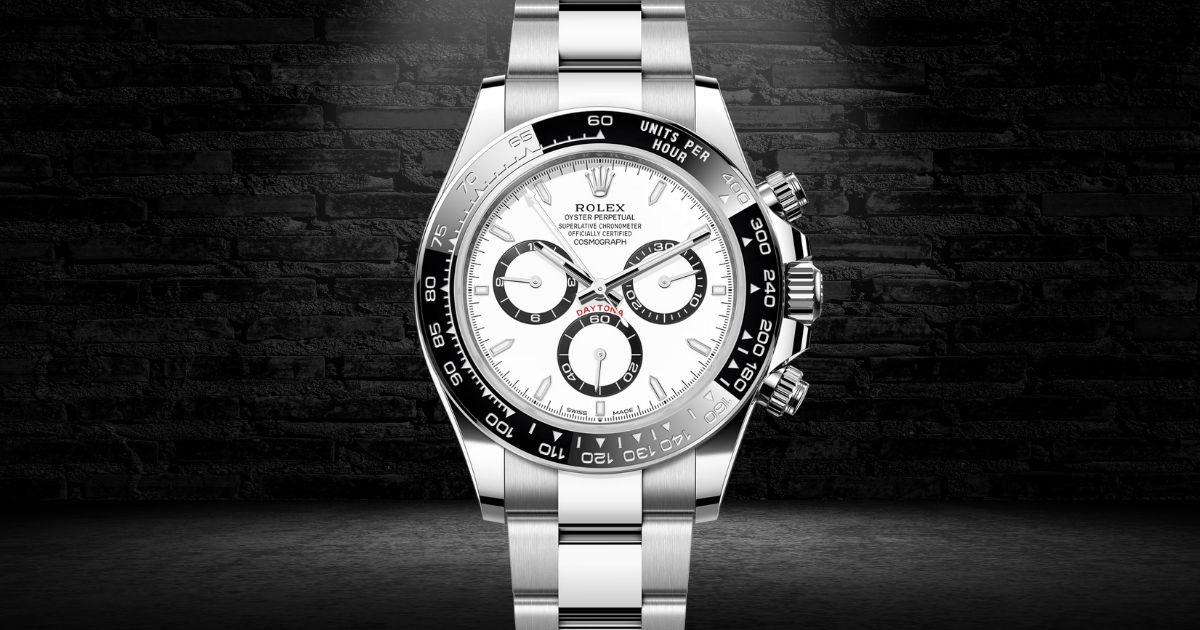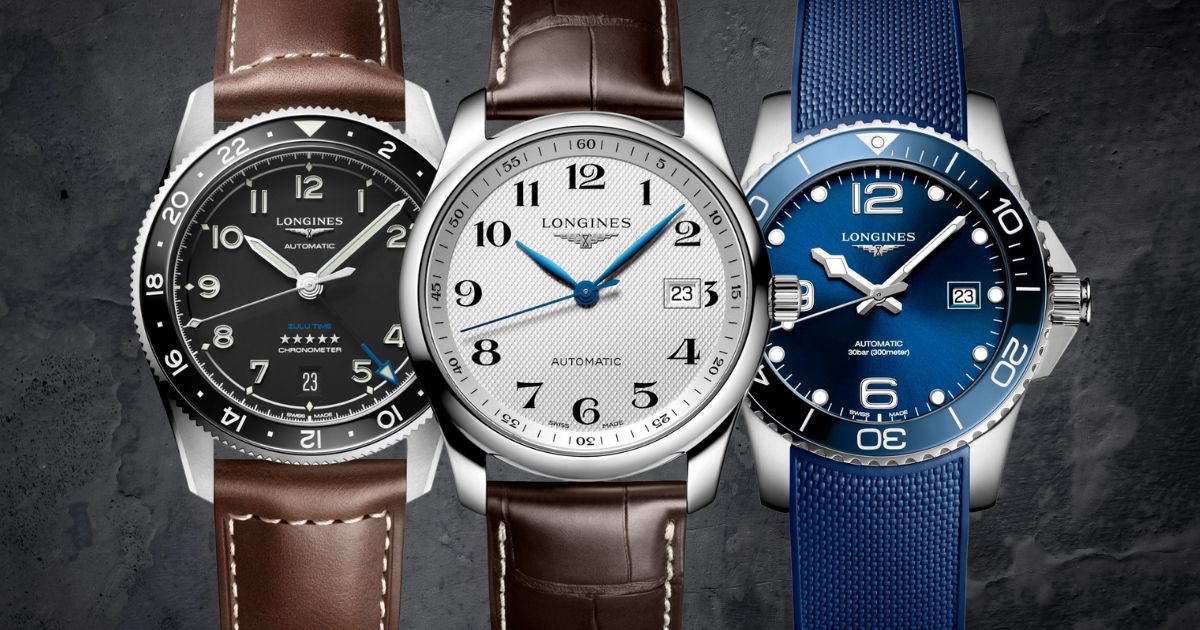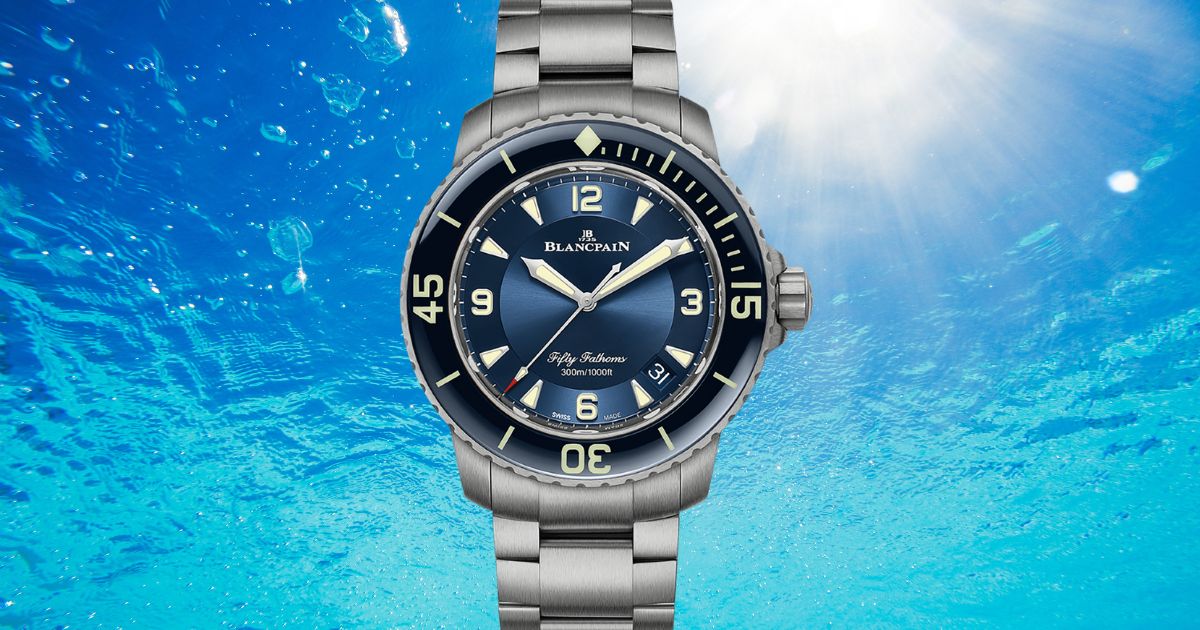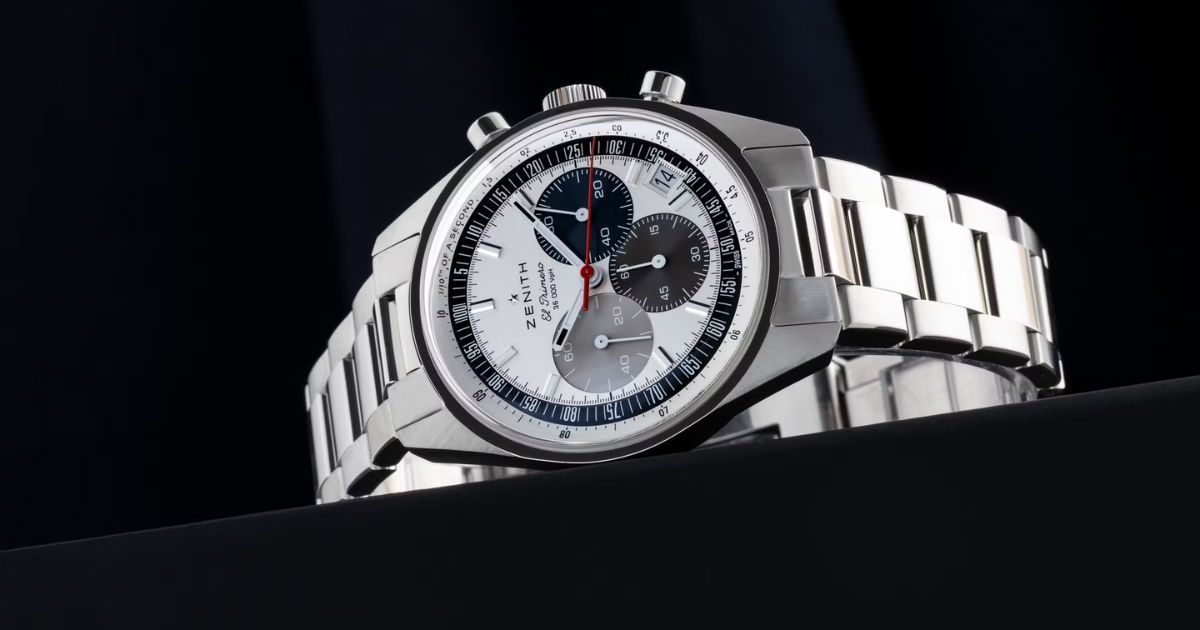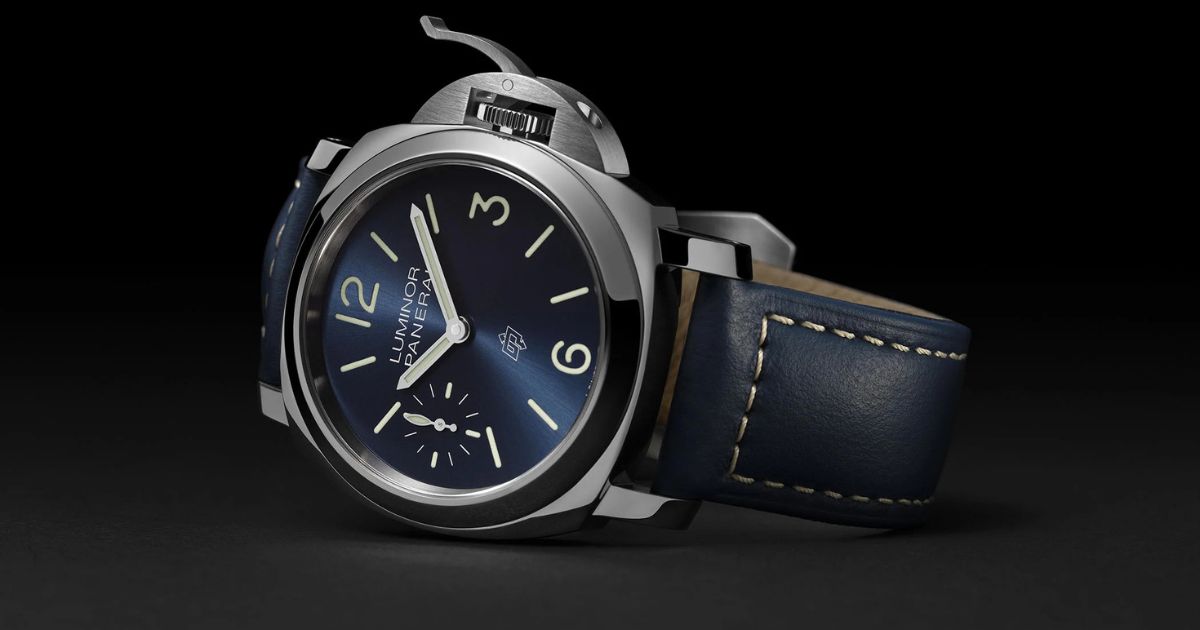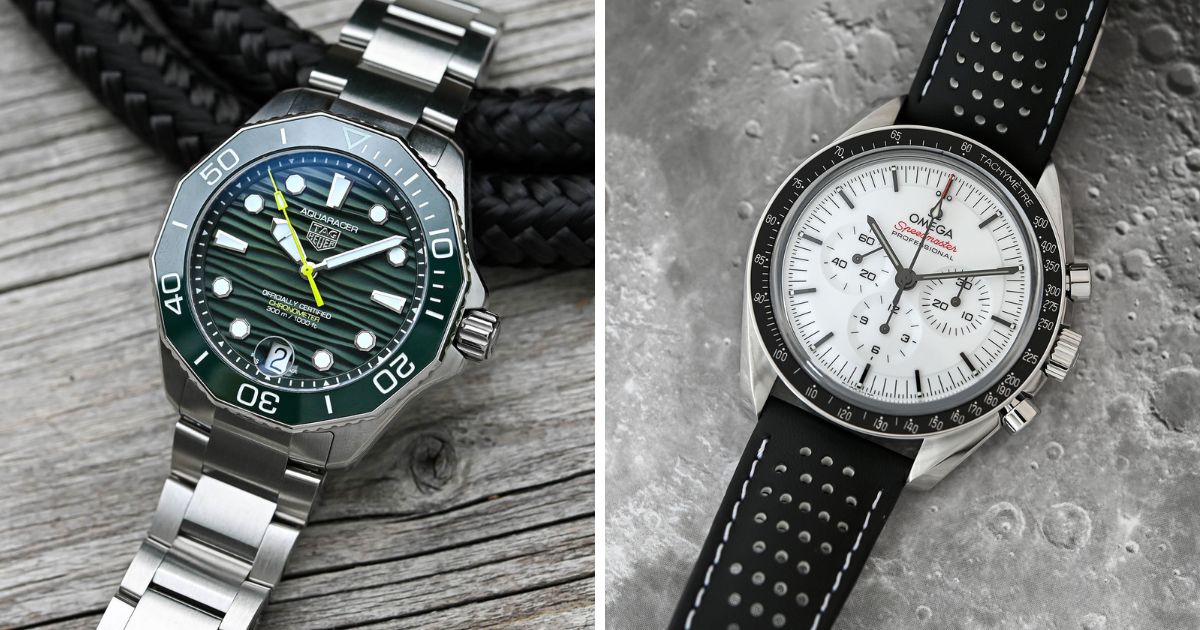In the realm of haute horlogerie, where innovation, craftsmanship, and legacy intertwine, one reference has risen above others as a symbol of horological firsts and timeless value—the Patek Philippe Reference 1518. Introduced in 1941, the Ref. 1518 was not only the world’s first perpetual calendar chronograph wristwatch produced in series, but it also marked the beginning of an extraordinary lineage of complicated watches that remain the gold standard for collectors and connoisseurs alike.
This article delves deep into the historical importance, technical prowess, design elegance, rarity, and legacy of the Patek Philippe Ref. 1518—an iconic piece that redefined wristwatch complications and set the tone for modern watchmaking.
The Historical Breakthrough
Before the debut of the Ref. 1518, complicated watches such as perpetual calendars and chronographs were generally found in pocket watches or made as unique, custom commissions in wristwatches. While Patek Philippe had experimented with complicated wristwatches in the 1920s and 1930s, there was no precedent for a serially producedperpetual calendar chronograph.
So, when Patek Philippe unveiled Ref. 1518 in 1941, it wasn’t just releasing a new model—it was rewriting watchmaking history. The 1518 was the first wristwatch to combine a chronograph and a perpetual calendar in a production model. This innovation would later become a hallmark of the brand, elevating it to legendary status in the industry.
The Ref. 1518 debuted during the height of World War II—an era when producing such a complicated luxury object was bold, even counterintuitive. Yet Patek Philippe’s vision went beyond the immediate market conditions. They knew they were crafting a legacy.
Design and Aesthetics: Elegance in Simplicity
The Ref. 1518’s design remains a masterclass in classic watchmaking aesthetics. The 35mm case, considered modest by today’s standards, offers a perfectly balanced canvas. Crafted primarily in yellow or pink gold (and in ultra-rare cases, stainless steel), the round case featured thin lugs, a stepped bezel, and a relatively slim profile considering the mechanical complexity it housed.
The dial layout is iconic: two apertures below 12 o’clock display the day and month; a moonphase and date subdial rests above 6 o’clock. Flanking it are two chronograph counters at 3 and 9 o’clock. The typography, hand placement, and use of space are so harmoniously designed that even in complexity, the watch radiates clarity and elegance.
Each 1518 dial was made by Stern Frères, and the hands were typically leaf- or baton-style, paired with applied gold Arabic numerals or baton hour markers, depending on the version.
The Ref. 1518 is often celebrated for its restrained elegance—a watch that quietly declares its mastery rather than screaming for attention.
Movement: Mechanical Brilliance
Inside the Ref. 1518 ticks the Caliber 13-130 Q, a manual-winding movement based on the Valjoux 13’’’ ebauche, extensively modified and finished by Patek Philippe. It was adjusted in multiple positions and for temperature, featuring column-wheel chronograph architecture and a perpetual calendar mechanism built in-house by Patek Philippe.
The movement is notable not only for its reliability and beauty but for its enduring legacy: it laid the groundwork for the calibers that would power future references like the 2499, 3970, and 5970.
Even by today’s standards, the movement is an extraordinary feat. The integration of two of the most complex mechanisms—perpetual calendar and chronograph—in a time when CAD and CNC machines didn’t exist, remains a testament to the skill of Patek Philippe’s artisans.
Rarity and Variants
Between 1941 and 1954, Patek Philippe produced only 281 examples of the Ref. 1518. Most were in yellow gold, followed by fewer in pink (rose) gold, and only four known examples were made in stainless steel, making those steel models among the most valuable watches ever sold.
Here’s a breakdown of the types:
- Yellow Gold (ref. 1518J): The most common variant. Still extremely rare, each example varies slightly due to hand-finishing and evolving design elements over the years.
- Pink Gold (ref. 1518R): Far less common than yellow gold; these command a significant premium due to their rarity.
- Stainless Steel (ref. 1518A): The crown jewels of vintage Patek collecting. Only four are known, and they rarely appear at auction. In 2016, a steel 1518 sold at a Phillips auction for over CHF 11 million, setting a world record at the time for the most expensive wristwatch ever sold at auction.
Each piece was numbered individually, and collectors often seek early examples, which are distinguished by certain dial details such as larger numerals or different subdial placements.
Collector Status and Auction Results
The Ref. 1518 is arguably the most coveted vintage watch by serious collectors. While its direct successors—the 2499, 3970, 5970, and 5270—are highly respected, the 1518’s first-in-line status gives it unmatched appeal.
Auction houses like Phillips, Christie’s, and Sotheby’s have routinely featured 1518s as the crown jewel of their events. Highlights include:
- 2016 – Phillips Geneva: Stainless steel 1518 sold for CHF 11,002,000
- 2018 – Sotheby’s: Rose gold 1518 sold for CHF 2.9 million
- 2023 – Christie’s: Yellow gold 1518 sold for CHF 1.6 million
These figures underscore the enduring desirability and investment-grade status of the watch. But for most collectors, it’s not about monetary value—it’s about owning a piece of horological history.
Legacy and Influence
The Ref. 1518 laid the foundation for an entire lineage of perpetual calendar chronographs, a genre now synonymous with Patek Philippe. Here’s a brief look at the family tree:
- Ref. 2499 (1951–1985): Larger, more contemporary design, considered by many as the “perfect” vintage Patek.
- Ref. 3970 (1986–2004): Introduced a new Lemania-based movement, marking a new era.
- Ref. 5970 (2004–2011): Bold case design, wider appeal.
- Ref. 5270 (2011–present): Patek’s first fully in-house perpetual calendar chronograph.
Without the 1518, none of these would exist. It is the progenitor, the seed from which a legendary collection grew. The reference has inspired countless modern interpretations and limited editions—not just from Patek Philippe, but from competitors looking to emulate its blend of function and beauty.
A Timeless Symbol
The allure of the Ref. 1518 goes beyond its technical achievement. It symbolizes a time when horology was driven by artistry, vision, and patience. In an era where many watches are mass-produced and digital conveniences dominate, the 1518 stands as a reminder of what human hands and hearts can achieve.
It appeals to multiple types of collectors:
- Historians, who admire its place in watchmaking chronology.
- Aesthetes, who see beauty in its proportions and harmony.
- Investors, who understand the immutable value of rarity and provenance.
- Purists, who chase mechanical perfection and storytelling in craftsmanship.
Conclusion: A Watch for the Ages
The Patek Philippe Ref. 1518 is more than just a watch—it is a cultural artifact and a mechanical marvel. Its release changed the landscape of horology, its craftsmanship set the benchmark for generations, and its rarity continues to fuel the dreams of collectors worldwide.
To own or even witness a Ref. 1518 is to step into a lineage of excellence and tradition. It remains a timeless symbol not only of what watchmaking was but of what it can still aspire to be.
Whether you’re a seasoned collector or a budding enthusiast, the Ref. 1518 serves as the ultimate reminder: you never actually own a Patek Philippe; you merely look after it for the next generation—and in the case of the 1518, that sentiment carries more weight than ever.






























